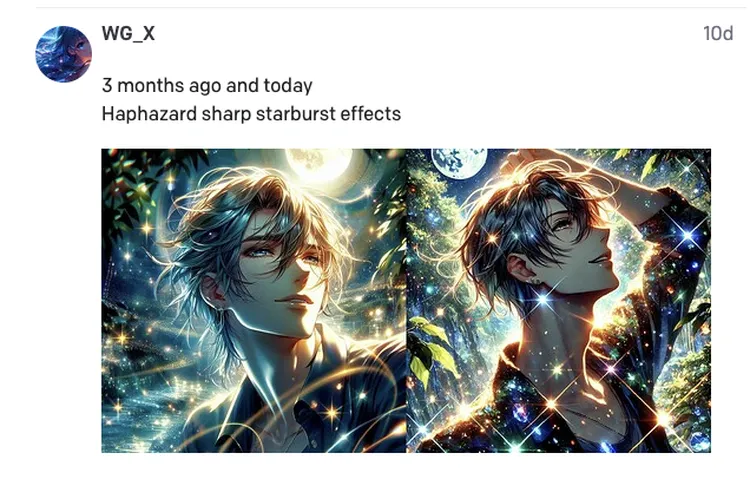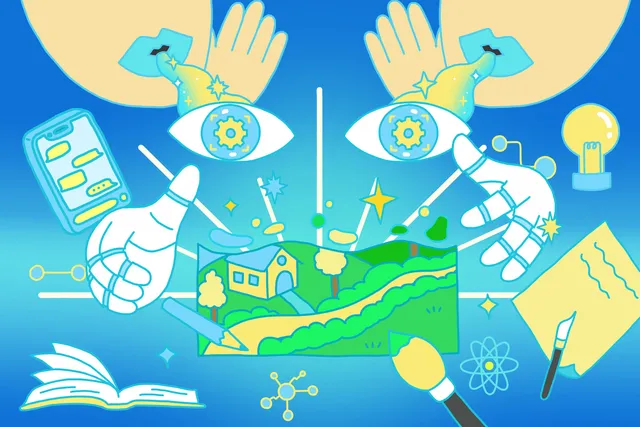Users complained that Bing Image Creator got noticeably worse after a December update.
In a surprising move, Microsoft is rolling back a recent model upgrade to its AI-powered Bing Image Creator after weeks of mounting complaints about diminished performance. The decision follows widespread user dissatisfaction with the tool’s output after the December 18th integration of a new version of the DALL-E 3 model. According to TechCrunch, the rollback reflects Microsoft’s attempt to address the frustrations of users who claim that the new model failed to meet their expectations.
What Happened?
When Microsoft introduced the DALL-E 3 update to Bing Image Creator, it promised improved performance and quality. However, users quickly began to report that the tool was delivering subpar results. Common complaints ranged from less-detailed images to visuals that failed to accurately represent the prompts provided. The backlash was immediate, with disgruntled users taking to platforms like Reddit, OpenAI’s community forums, and social media to express their disappointment.
Microsoft, typically quick to respond to product feedback, remained tight-lipped about the exact nature of the problems. The company declined to offer specifics about why the new model was falling short or what factors contributed to the gap between user expectations and actual output.
Microsoft’s Response
On January 8th, Jordi Ribas, Microsoft’s head of search, addressed the issue publicly via Twitter. Ribas acknowledged that the company had been able to reproduce “some of the issues reported” by users and announced the decision to revert to an older version of the DALL-E model. “We are committed to providing the best experience possible,” Ribas wrote, adding that the rollback process might take a few weeks to complete.
Interestingly, Ribas had previously defended the new model’s capabilities, stating that its output quality “should be a bit better on average” compared to the older version. But user feedback painted a very different picture, with complaints growing louder as more people tested the tool’s new capabilities.
Specific Complaints from Users

The dissatisfaction was well-documented across various platforms:
- Detail and Accuracy: Many users reported that Bing Image Creator was generating less-detailed results. Images often appeared over-lit, lacked nuanced textures, or failed to align closely with the prompts provided.
- Anime-Style Art Issues: On OpenAI’s community forums, one user pointed out the model’s inability to handle intricate fabric details on an anime-style character’s dress. They compared two images, labeling one as “perfect quality” and the other as “over-lit,” sparking a broader discussion about the downgrade in artistic precision.
- Effect Placement: Others criticized the tool for its awkward placement of effects, such as starbursts, which often appeared unnatural or mismatched with the intended design.

While much of the feedback focused on the model’s technical shortcomings, the debate also highlighted the inherently subjective nature of art. What one person sees as a flaw, another might view as a stylistic choice.
The Bigger Challenge: Managing Expectations
This controversy underscores a significant challenge for companies like Microsoft that venture into the realm of AI-generated art: managing user expectations. Unlike traditional software bugs or feature changes, issues with AI-generated content often boil down to subjective preferences. What constitutes “better” or “worse” output can vary wildly depending on the user.
Some critics have suggested that Microsoft might benefit from consulting the human artists whose work helped train these AI models. These artists could offer valuable insights into handling creative feedback and managing expectations for AI-generated art. After all, they’re no strangers to navigating the complex relationship between client demands and artistic interpretation.
What’s Next for Bing Image Creator?
Microsoft’s decision to revert to an older version of the DALL-E model signals its willingness to listen to user feedback and prioritize quality over new features. However, this isn’t just a technical issue; it’s a reminder of the delicate balancing act required when deploying AI tools to a broad audience.
As Microsoft works to complete the rollback over the coming weeks, it will undoubtedly continue to gather feedback from its users. Whether this move will be enough to restore confidence in Bing Image Creator remains to be seen. What’s clear, however, is that the growing community of AI art enthusiasts expects more transparency and responsiveness from tech giants like Microsoft.
For now, the episode serves as a case study in the complexities of developing and deploying AI tools. It also highlights the importance of maintaining open lines of communication with users—especially when navigating the unpredictable terrain of AI-driven creativity.










